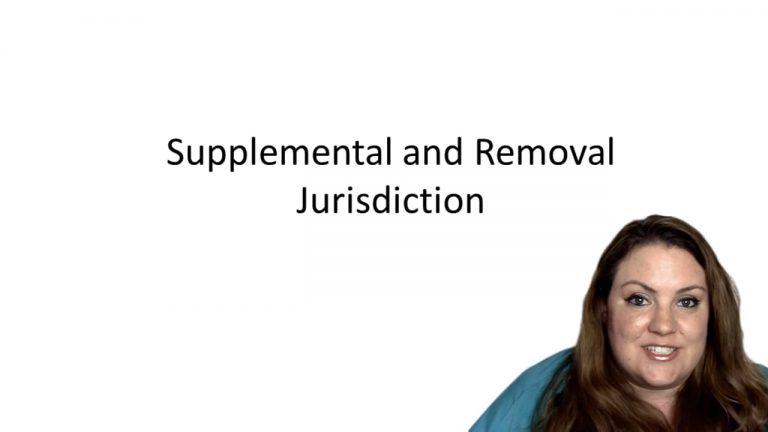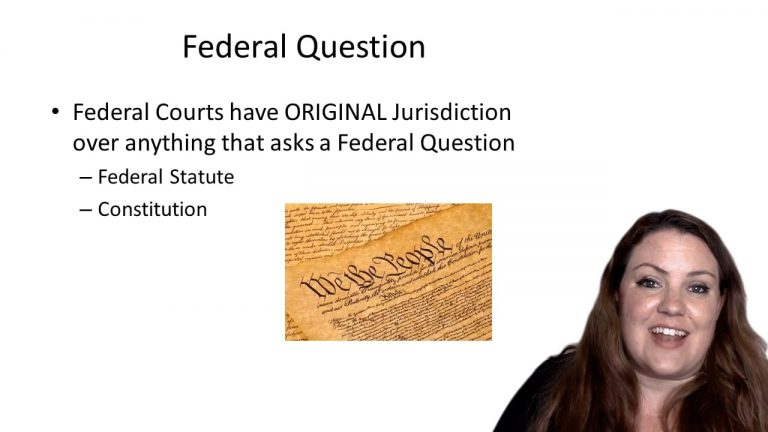SmartBrief
Confirm favorite deletion?
Civil Procedure Keyed to Rowe
Spencer v. U.S. District Court for the Northern District of California
Citation:
393 F.3d 867 (9th Cir. 2004)Facts
Spencer (Plaintiff) was an electrical lineman who died while repairing a utility pole. Spencer’s estate brought a wrongful death action in California state court against the electrical company that he worked for. The defendant removed the case to California federal district court, which was allowed because there was complete diversity among the parties. During discovery, plaintiff wanted to add an additional defendant (a company that manufactured the lift device that Spencer worked on) who would have violated the requirements of diversity jurisdiction, because the removal statute prohibits removal when at least one defendant is a citizen of the state where the action is filed. Plaintiff thus argued that remand to state court was required. The federal district court joined the new defendant, but denied plaintiff’s motion to remand. Plaintiff then filed a petition for a writ of mandamus to compel the federal court (Defendant) to remand the case to state court.
Only StudyBuddy Pro offers the complete Case Brief Anatomy*
Access the most important case brief elements for optimal case understanding.
*Case Brief Anatomy includes: Brief Prologue, Complete Case Brief, Brief Epilogue
- The Brief Prologue provides necessary case brief introductory information and includes:
Topic:
Identifies the topic of law and where this case fits within your course outline.Parties:
Identifies the cast of characters involved in the case.Procedural Posture & History:
Shares the case history with how lower courts have ruled on the matter.Case Key Terms, Acts, Doctrines, etc.:
A case specific Legal Term Dictionary.Case Doctrines, Acts, Statutes, Amendments and Treatises:
Identifies and Defines Legal Authority used in this case.
- The Case Brief is the complete case summarized and authored in the traditional Law School I.R.A.C. format. The Pro case brief includes:
Brief Facts:
A Synopsis of the Facts of the case.Rule of Law:
Identifies the Legal Principle the Court used in deciding the case.Facts:
What are the factual circumstances that gave rise to the civil or criminal case? What is the relationship of the Parties that are involved in the case.Issue(s):
Lists the Questions of Law that are raised by the Facts of the case.Holding:
Shares the Court's answer to the legal questions raised in the issue.Concurring / Dissenting Opinions:
Includes valuable concurring or dissenting opinions and their key points.Reasoning and Analysis:
Identifies the chain of argument(s) which led the judges to rule as they did.
- The Brief Prologue closes the case brief with important forward-looking discussion and includes:
Policy:
Identifies the Policy if any that has been established by the case.Court Direction:
Shares where the Court went from here for this case.
Topic Resources
Topic Videos
 8m 28s
8m 28s 1m 41s
1m 41sTopic Outline
